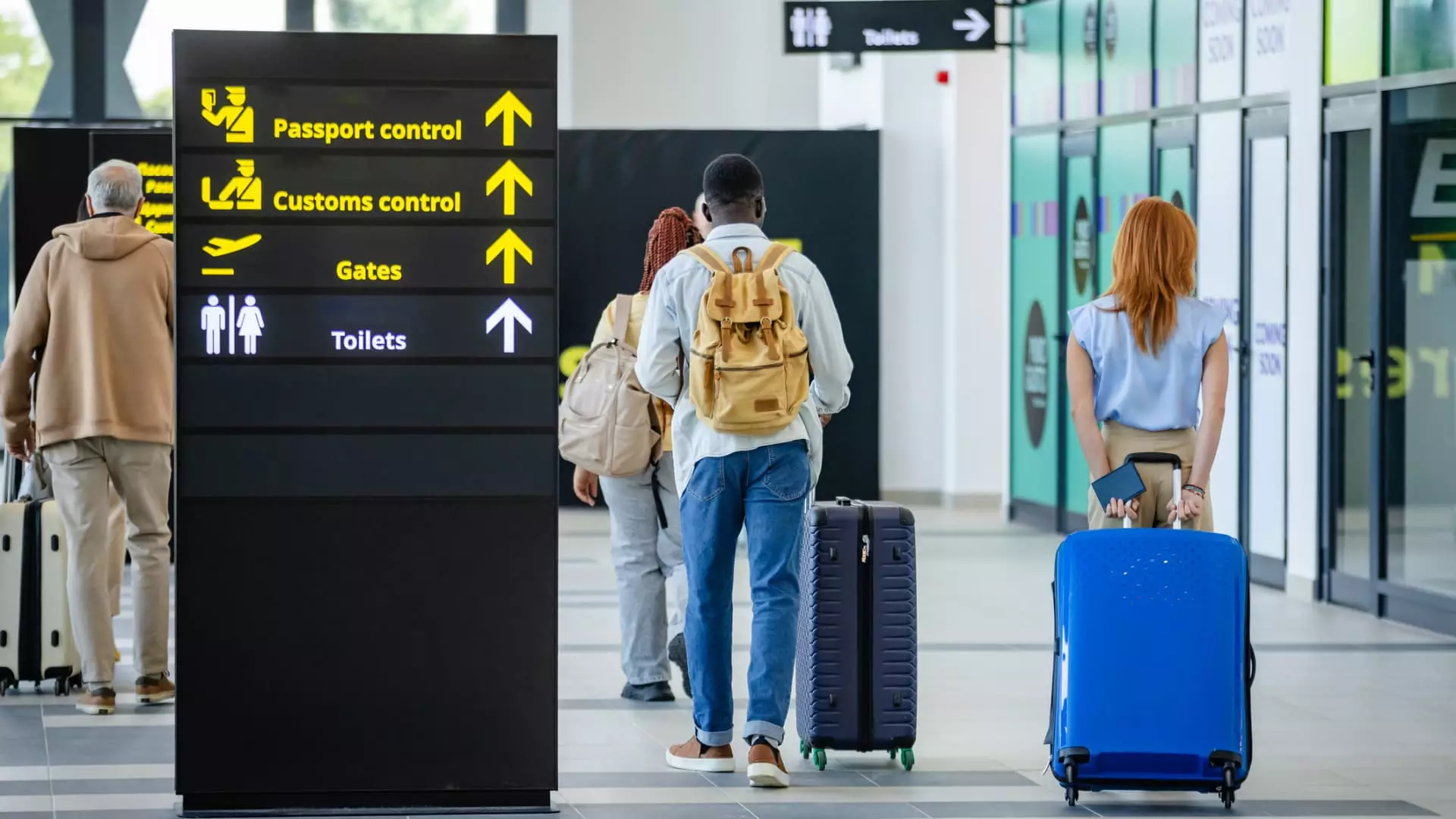In a world increasingly interconnected by travel, it’s disheartening to see a significant downturn in international tourism to the United States—a decline projected at an eye-watering $8.5 billion this year. The implications of this decrease extend far beyond mere numbers; they signal a growing unease in global perceptions of the U.S. as a travel destination. Negative sentiments fueled by policies regarding trade and immigration are driving tourists to seek alternatives, leaving the American economy vulnerable and its tourism industry battered. Analyzing the factors behind this decline reveals that this is not merely an economic issue but a cultural one that underscores the need for a shift in policy and national sentiment.
Economic Ramifications and Disturbing Forecasts
The forecast for U.S. tourism is bleak, with international arrivals plunging by an estimated 9% this year. Oxford Economics indicates that we are on track for potentially staggering losses, with the World Travel & Tourism Council projecting a $12.5 billion shortfall in 2025—an alarming prediction that conveys the potential devastation facing businesses, jobs, and communities reliant on this revenue. Each percentage point drop in spending signifies a loss of $1.8 billion annually, painting a dire picture for the economy. The cascading effects will hit hardest in regions that thrive on the footfall of international visitors, and the interconnectedness of global trade makes it a crisis that transcends borders.
The Role of Perception in Travel Decisions
The psychology of travel can often be overlooked, yet it plays a critical role in shaping destination choices. Aran Ryan from Tourism Economics highlights how adverse perceptions stemming from current U.S. policies are leading to an exodus of potential tourists. When travelers are faced with news about stricter border security and unpredictable trade tariffs, their desire to visit the U.S. diminishes. Flight bookings show a concerning trend, with a stark 11% dip noted between May and July compared to the previous year. The reality is that travelers are not merely choosing different locations; they are making critical decisions based on sentiment and perceived safety.
Currency Confusion: The Strong Dollar Dilemma
Adding another layer of complexity to the current tourism landscape is the strength of the U.S. dollar. While there might be fluctuations making the dollar a bit weaker recently, it still remains considerably robust against many foreign currencies. This situation creates a disadvantage for international travelers who find the costs of enjoying American goods and services substantially higher. Increasing prices may very well deter a demographic that historically has been willing to invest in travel experiences within the United States, diminishing the diversity of international visitors that enrich the cultural landscape of American cities.
Global Concerns: Trade Barriers and Immigration Fears
The atmosphere created by trade tensions and immigration policies cannot be understated. President Trump’s administration has been embroiled in controversial tariffs and border practices that have left an unsettling feeling among potential visitors. The fear of heightened scrutiny, detention, or deportation—as described by Geoff Freeman, president of the U.S. Travel Association—equates to a chilling effect on travel intentions. The ramifications are immense, as perceptions about safety and welcome create barriers that are not merely physical but deeply psychological.
It’s Time for a Change
The priorities of the U.S. administration can no longer ignore the fundamental truths about tourism’s inherent value. It is crucial for policymakers to recognize that the current trajectory has significant implications not only for the economy but for the country’s global reputation. The hospitality and tourism sectors are among the most potent catalysts for cultural exchange, economic enrichment, and international goodwill. If significant changes are not made, we risk losing not just dollars, but the vital connections that grow understanding and foster peaceful relations between nations. As travelers increasingly navigate their choices with both their wallets and their ideals, it may be time for the U.S. to rethink its approach to global engagement and reassess what it means to be a welcoming destination in a rapidly changing world.


Leave a Reply